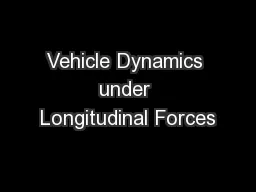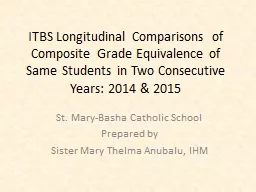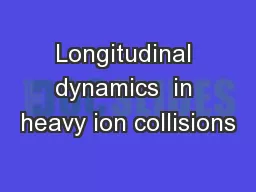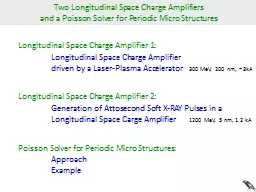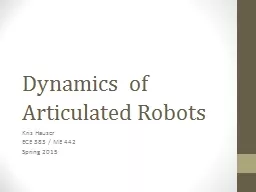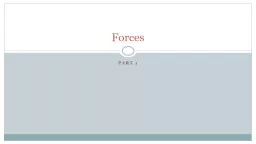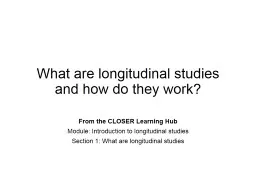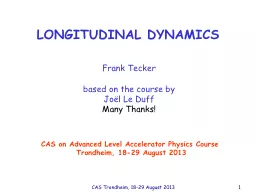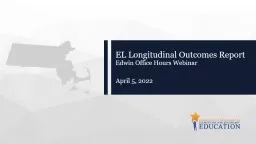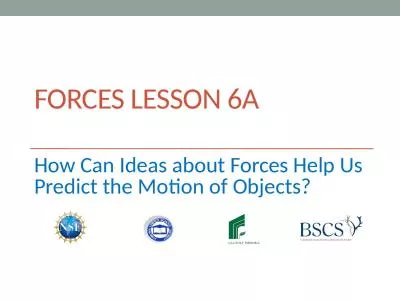PPT-Vehicle Dynamics under Longitudinal Forces
Author : ellena-manuel | Published Date : 2017-06-30
ME5670 Date 22012015 Class timing Mon day 230 P M 400 PM Thurs day 4 00PM 530 PM Lecture 5 http scholarlibvteduthesesavailableetd5440202339731121unrestrictedCHAP3DOCpdf
Presentation Embed Code
Download Presentation
Download Presentation The PPT/PDF document "Vehicle Dynamics under Longitudinal Forc..." is the property of its rightful owner. Permission is granted to download and print the materials on this website for personal, non-commercial use only, and to display it on your personal computer provided you do not modify the materials and that you retain all copyright notices contained in the materials. By downloading content from our website, you accept the terms of this agreement.
Vehicle Dynamics under Longitudinal Forces: Transcript
Download Rules Of Document
"Vehicle Dynamics under Longitudinal Forces"The content belongs to its owner. You may download and print it for personal use, without modification, and keep all copyright notices. By downloading, you agree to these terms.
Related Documents

